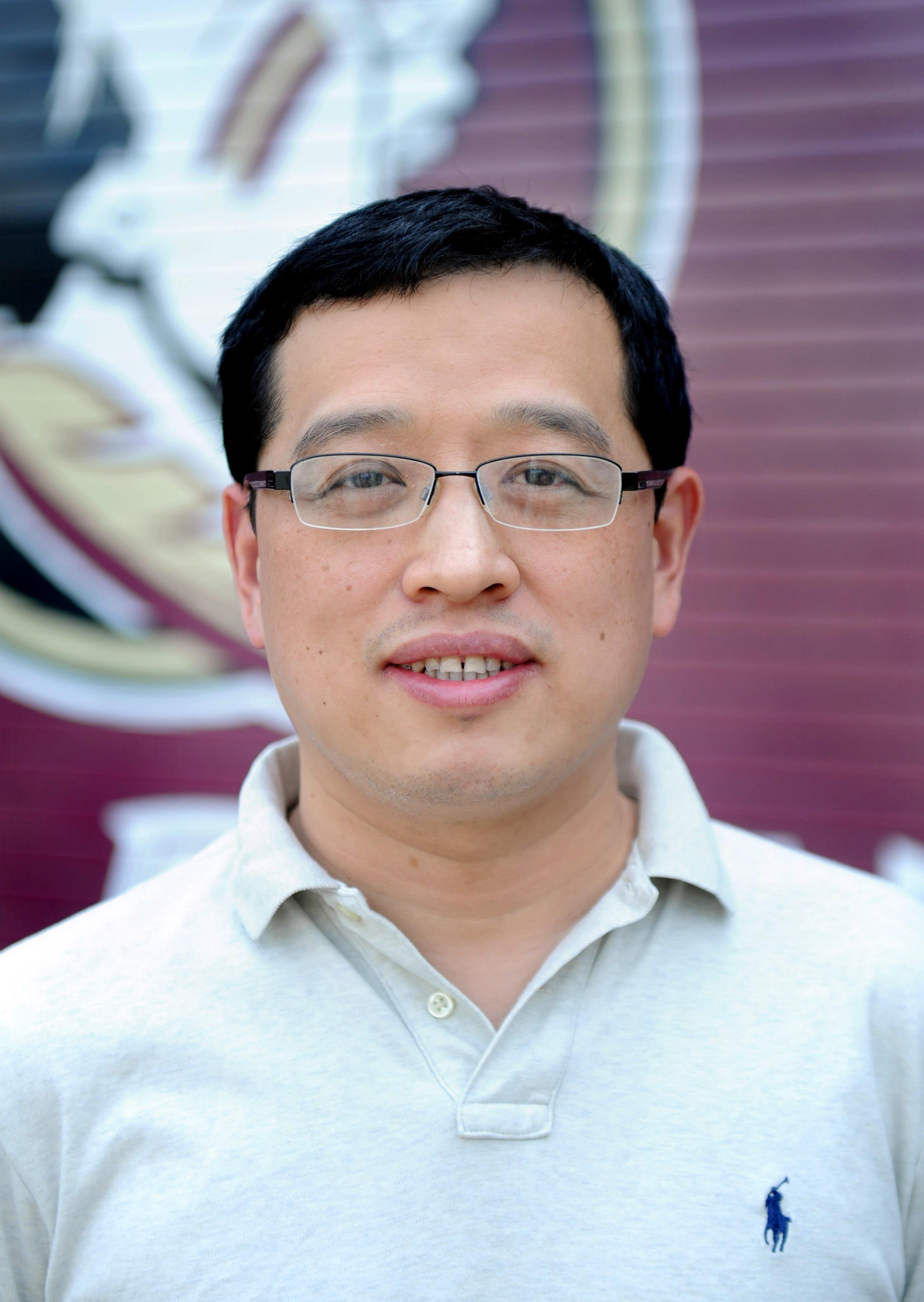| Speaker: Zhenghao Zhang
Date: Aug 29, 2:15 – 3:05 pm Abstract: LoRa has emerged as one of the main candidates for connecting low-power wireless IoT devices. Low Earth Orbit (LEO) satellite networks have also been growing very rapidly in recent years. In this talk, I will discuss two recent papers we published on LoRa and LEO satellite networks. In our paper published in ACM CoNEXT’22, we propose TnB, which decodes collided LoRa signals and improves the LoRa performance significantly. Packet collisions occur in LoRa networks when multiple nodes transmit wireless signals simultaneously. Two major components of TnB are Thrive and Block Error Correction (BEC). Thrive is a simple algorithm to resolve collisions by assigning an observed signal to a node according to a matching cost that reflects the likelihood for the node to have transmitted the signal. BEC is a novel algorithm for decoding the Hamming code used in LoRa, and is capable of correcting more errors than the default decoder by jointly decoding multiple codewords. TnB does not need any modification of the LoRa nodes and can be adopted by simply replacing the gateway. TnB has been tested with real-world experimental traces collected with commodity LoRa devices, and the results show that TnB can increase the median throughput by 1.36× and 2.46× over the state-of-the-art for Spreading Factors (SF) 8 and 10, respectively. In our paper published in ACM SenSys’24, we propose StarAngle, which estimates user orientation with the beacon signals of Starlink satellites. StarAngle measures the beacon phase difference between two receiving antennas because the phase difference is a function of the user orientation. The phase measurements are compared with mathematical calculations based on known orbital parameters of Starlink satellites and the value that leads to the best agreement is used as the estimation. We overcome challenges due to asynchronous clocks in our commodity antennas by subtracting the phase measurements of one satellite by another which cancels the biases caused by clock mismatch. We experimentally test StarAngle in 10 locations under challenging weather conditions and our results show that the median estimation error is 7.5 degrees. Our results also confirm that the phase information of Starlink satellites can be measured reliably and may be used to support other applications in addition to user orientation estimation. Biographical Sketch: Zhenghao Zhang received his B.Eng. and M.S. degrees in Electrical Engineering from Zhejiang University, Hangzhou, China, in 1996 and 1999, respectively, and his Ph.D. in Electrical Engineering from the State University of New York at Stony Brook in 2006. From 1999 to 2001, he worked in industry as an embedded systems software engineer. He was a Postdoctoral Researcher in the Computer Science Department at Carnegie Mellon University from 2006 to 2007. He joined the Department of Computer Science at Florida State University in Fall 2007, where he is currently a Full Professor. His primary research interest is wireless networks. He has published papers in highly reputable venues, such as ACM Sensys, IEEE Infocom, ACM CoNEXT, ACM Mobihoc, ACM Mobisys, IEEE ICNP, IEEE/ACM Transactions on Networking, and IEEE Transactions on Wireless Communications. His research group is familiar with SDR and has extensive experience with the POWDER platform. He has shared with the community both code and data sets in multiple projects, including a software LoRa receiver, a software LR-FHSS receiver, and software to analyze Starlink satellite beacons. Location and Zoom link: LOV 307 and ZOOM https://fsu.zoom.us/j/91311328528 |
Search FSU
Close SearchDEPARTMENT OF COMPUTER SCIENCE
College of Arts and Sciences


